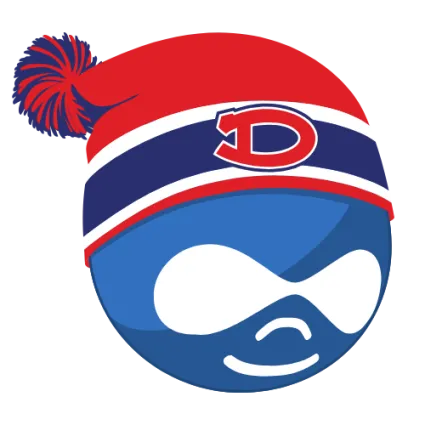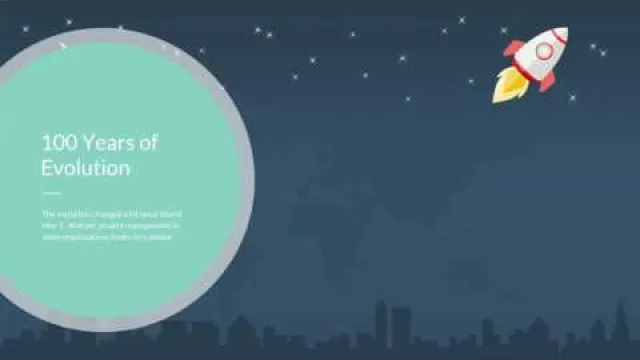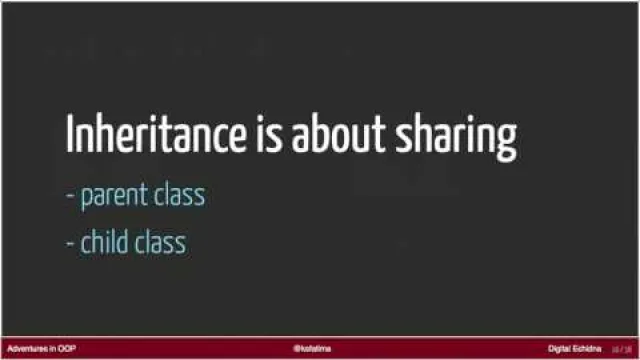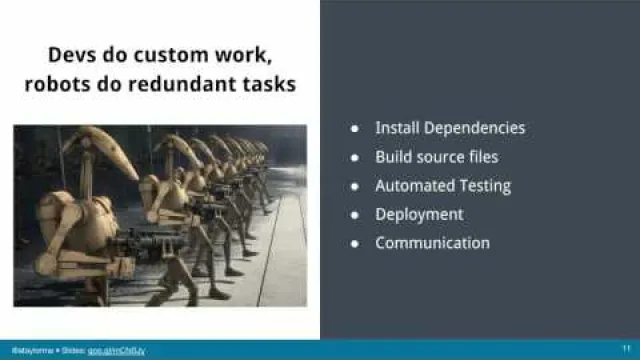DrupalCamp Montreal 2017
Logo

Description
DrupalCamp Montréal 2017 took place from Thursday, June 15, 2017, at 9:00 AM to Sunday, June 18, 2017, at 6:00 PM. The event was held at Concordia University, MB - John Molson School of Business, in Montréal.
Website
Start Date
Start Date






